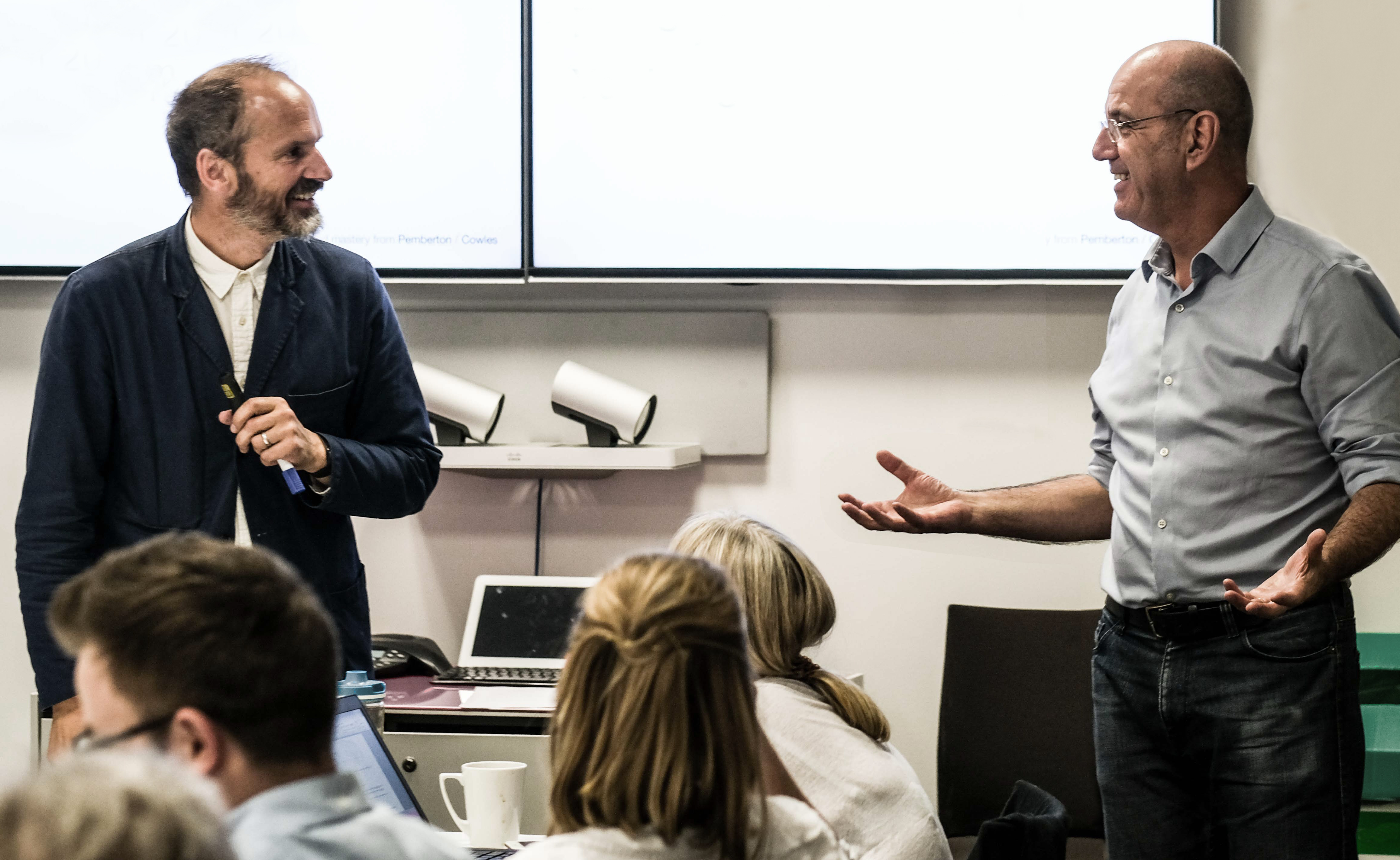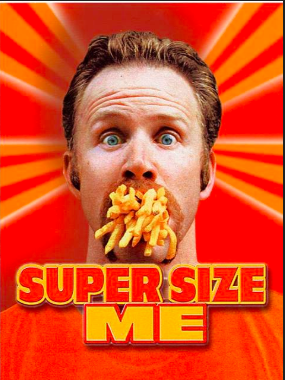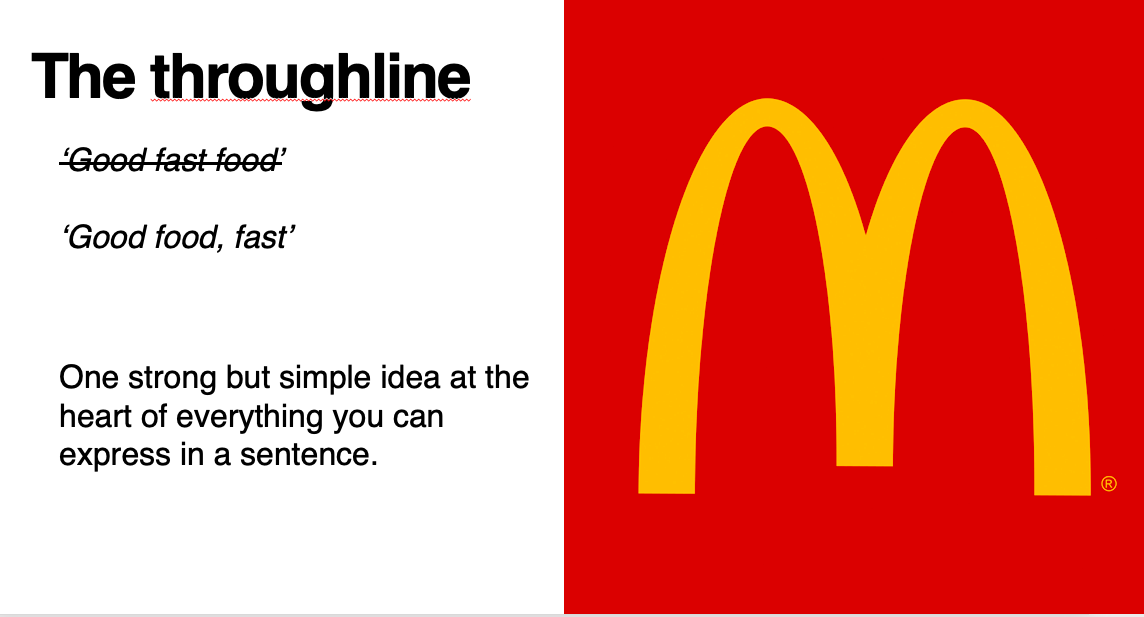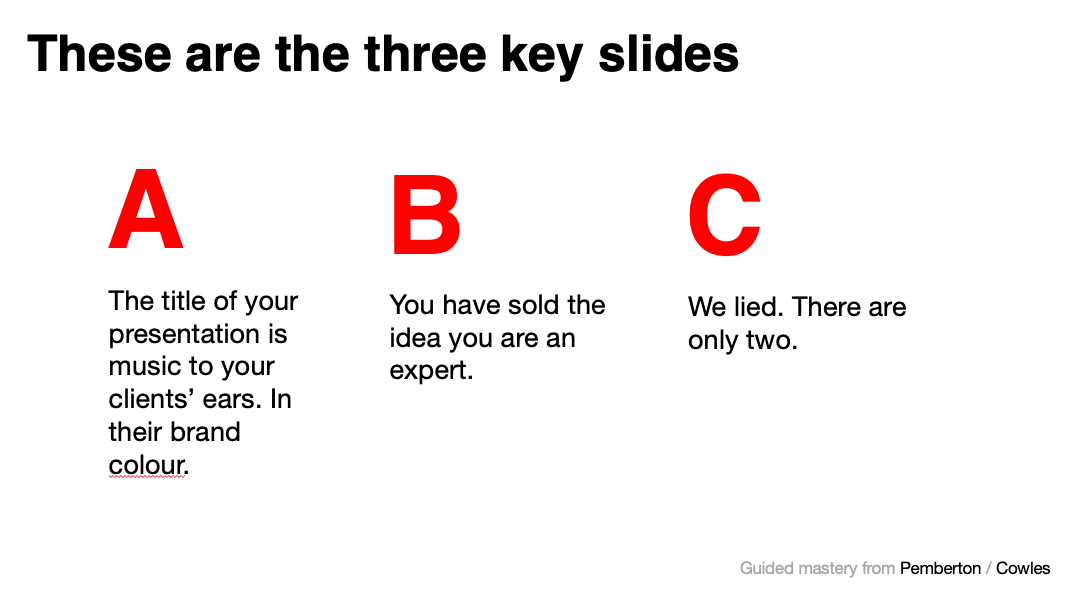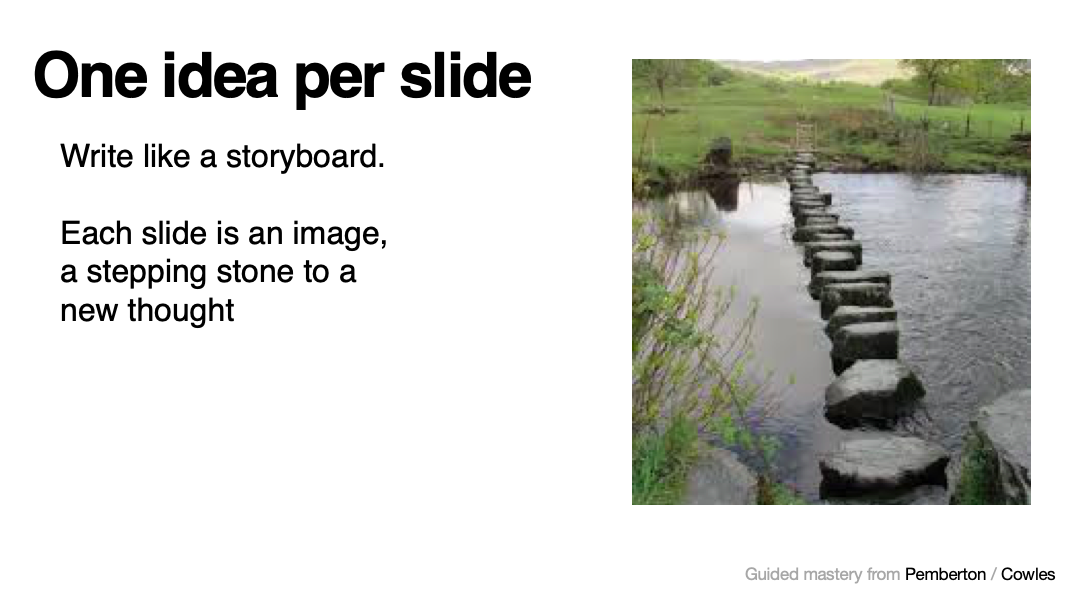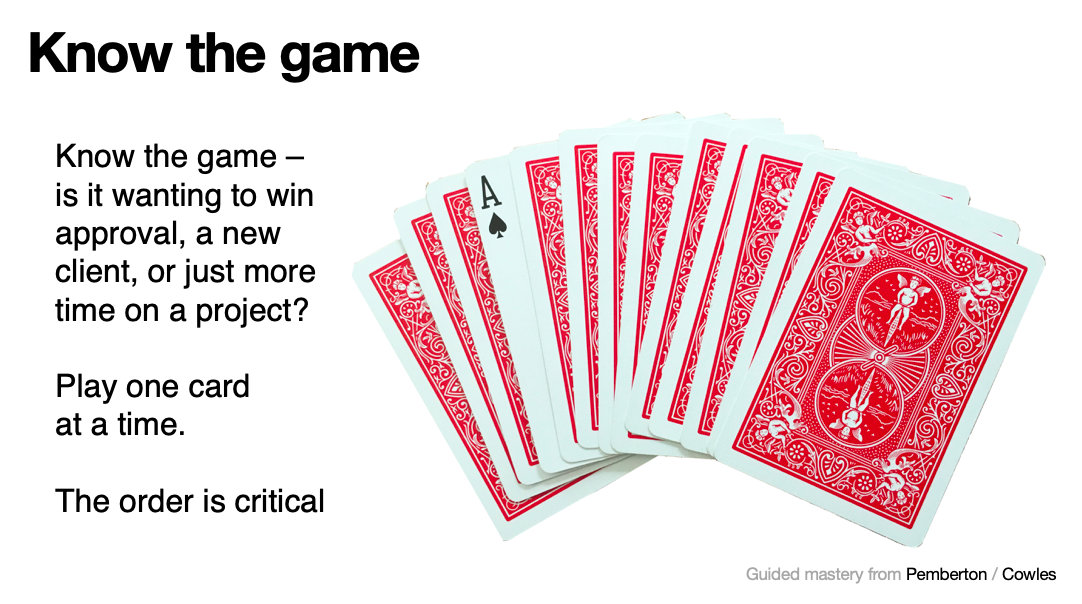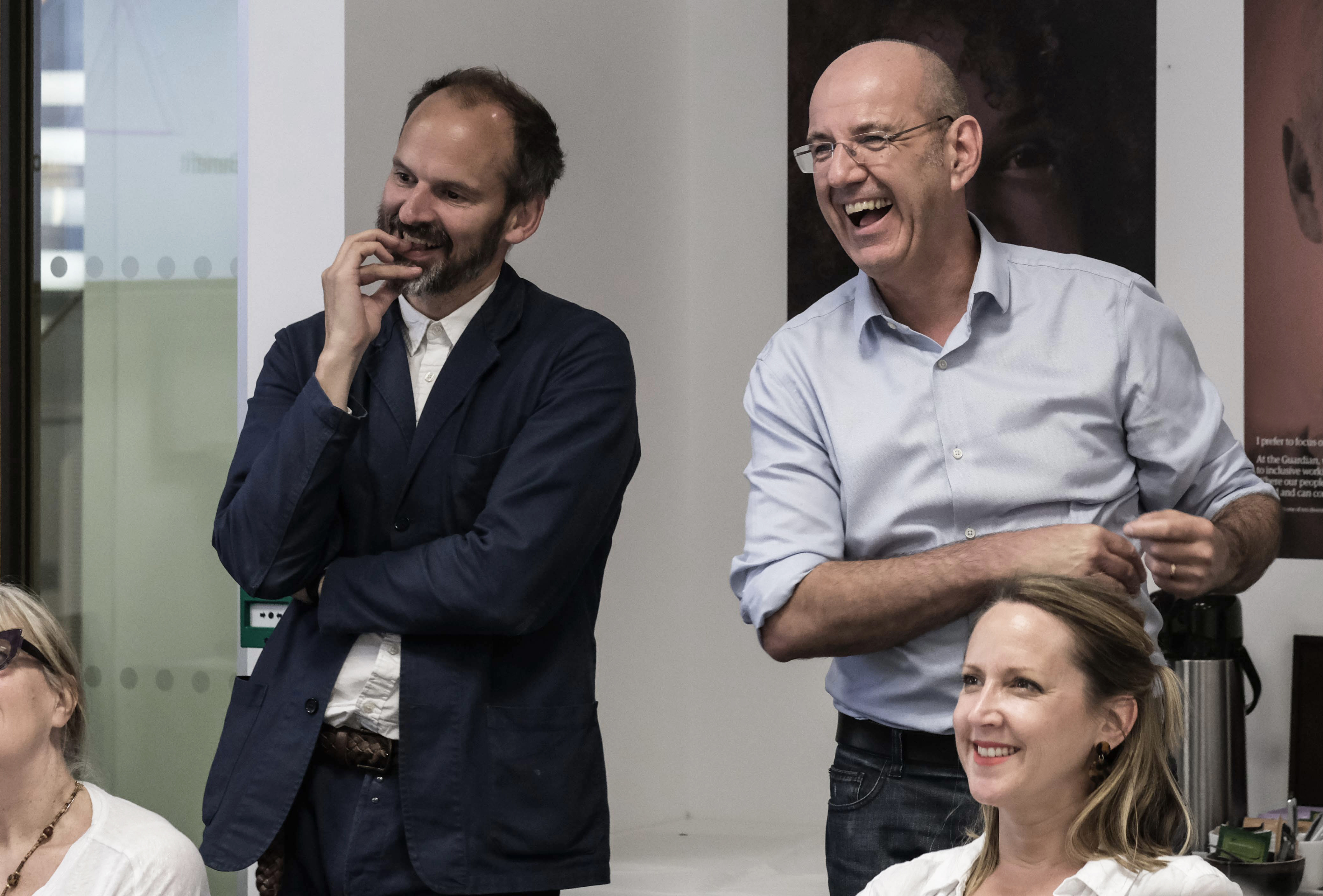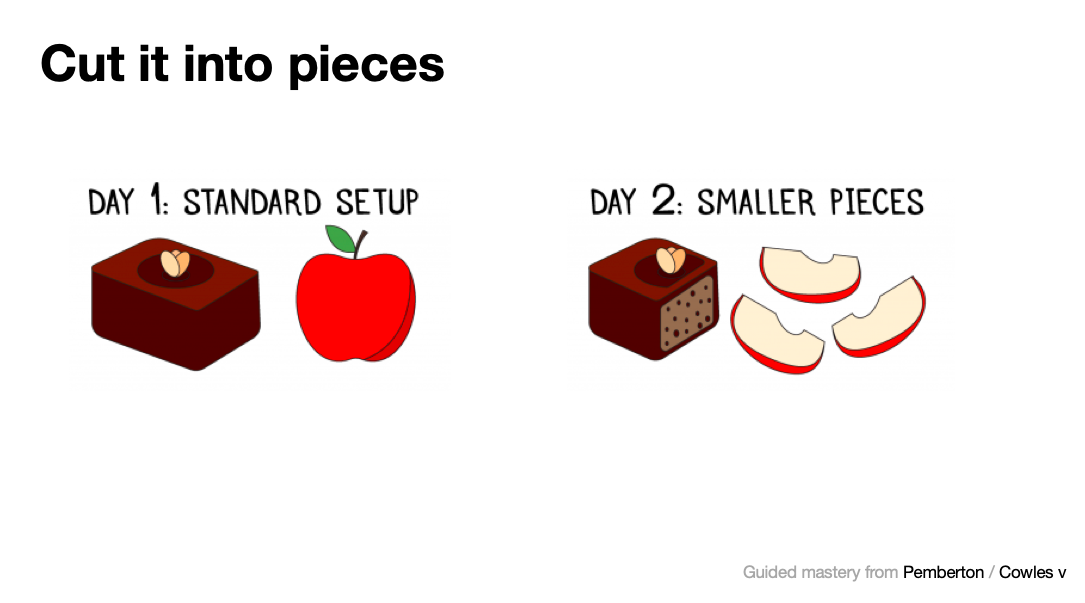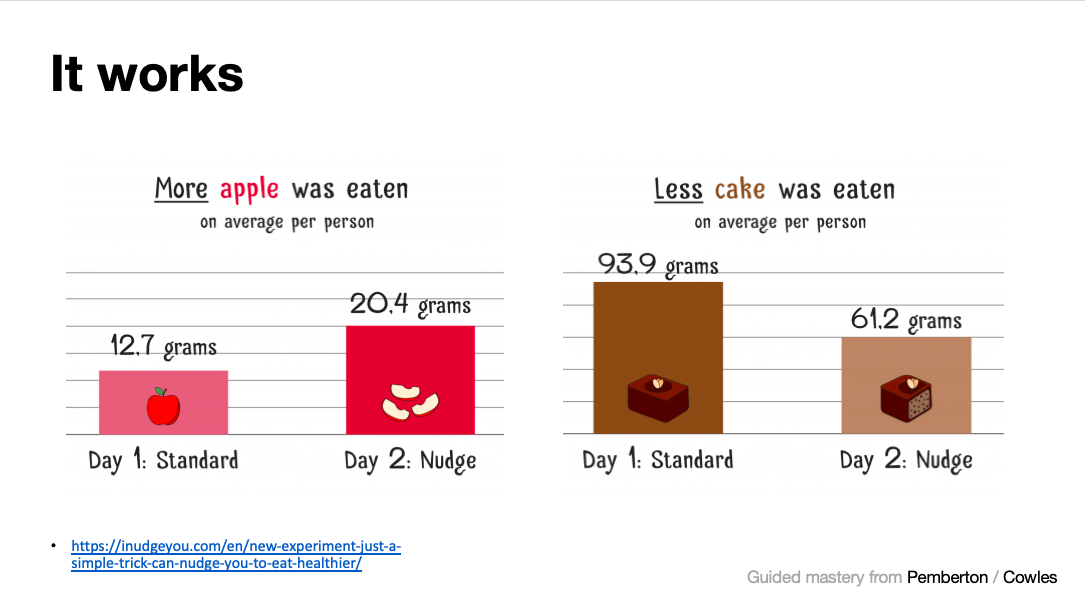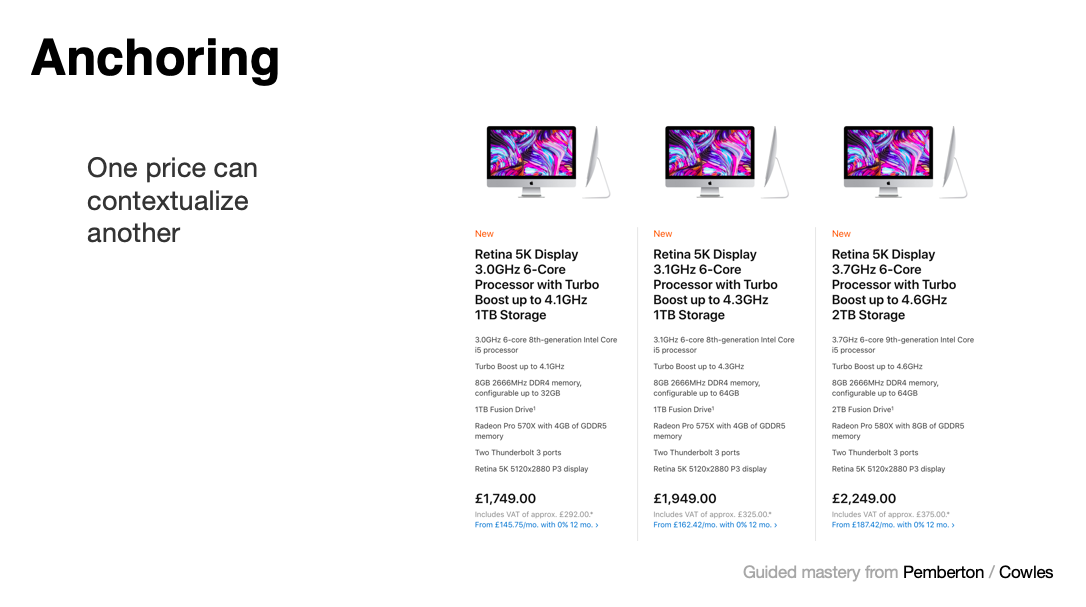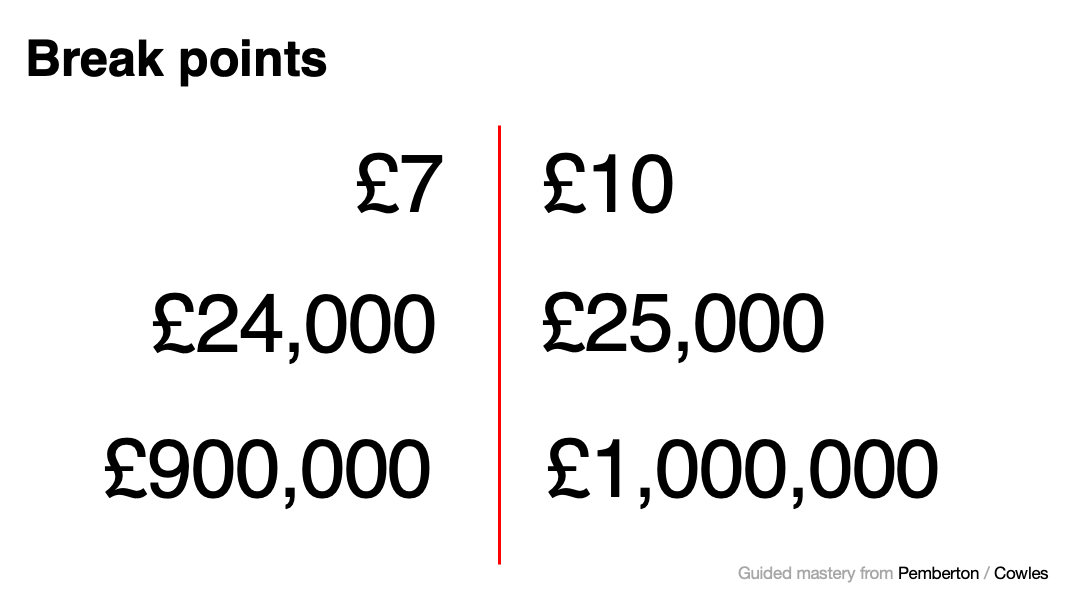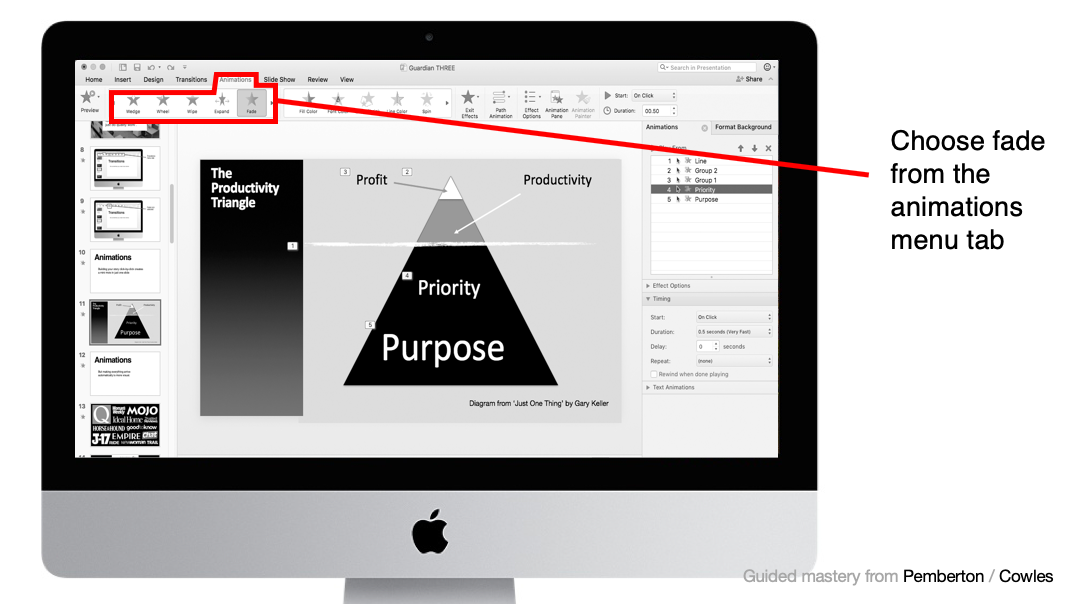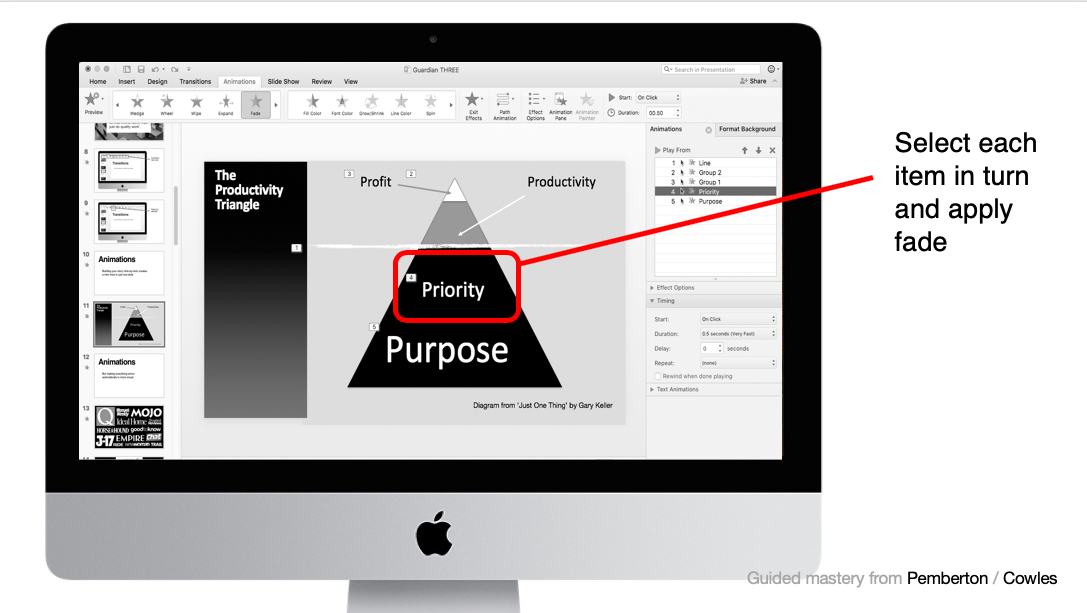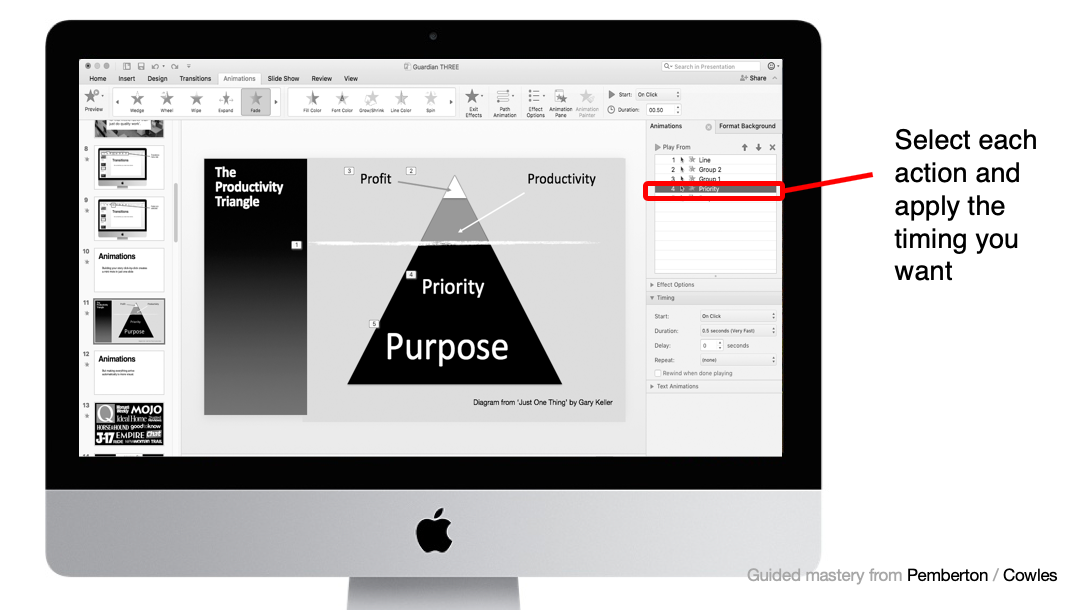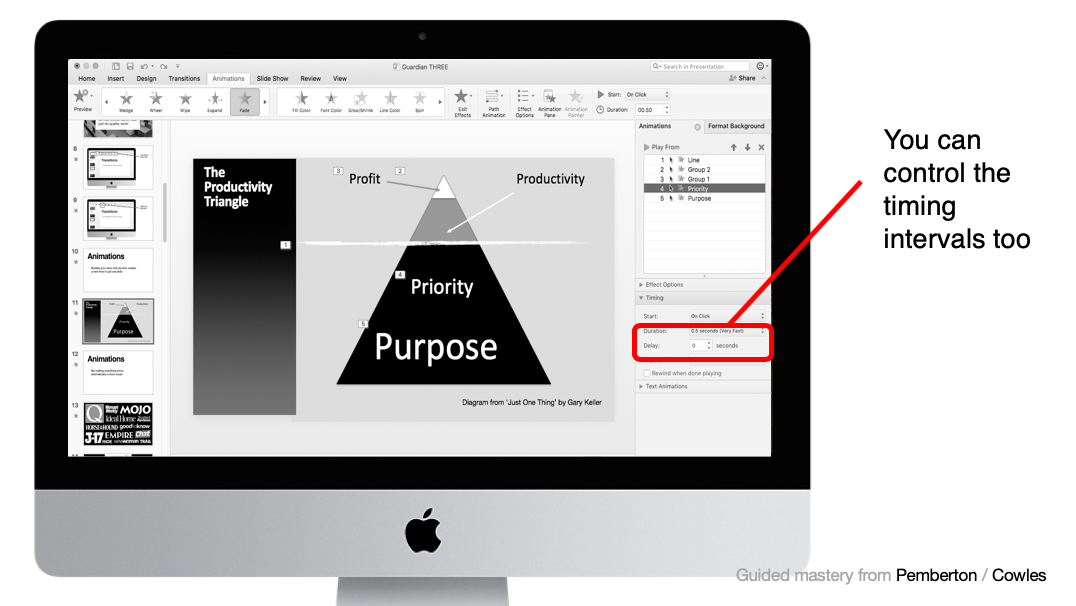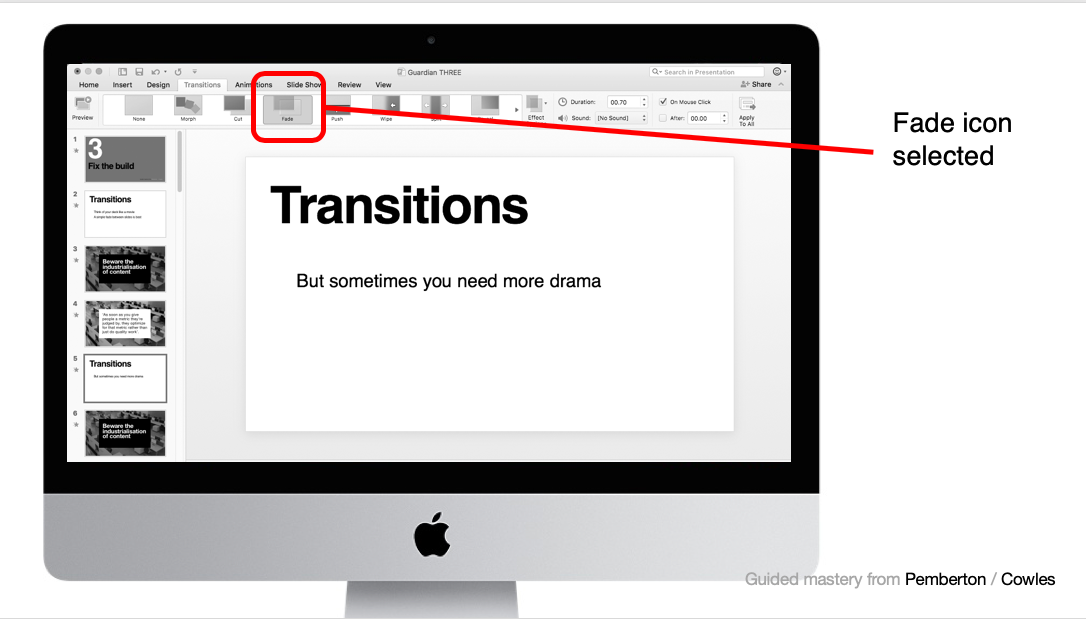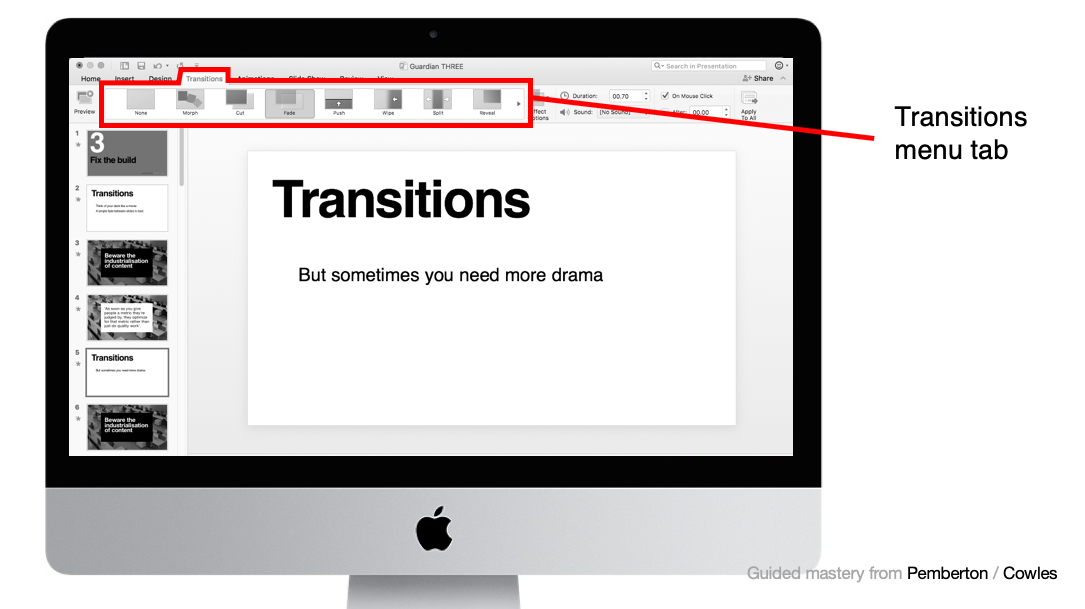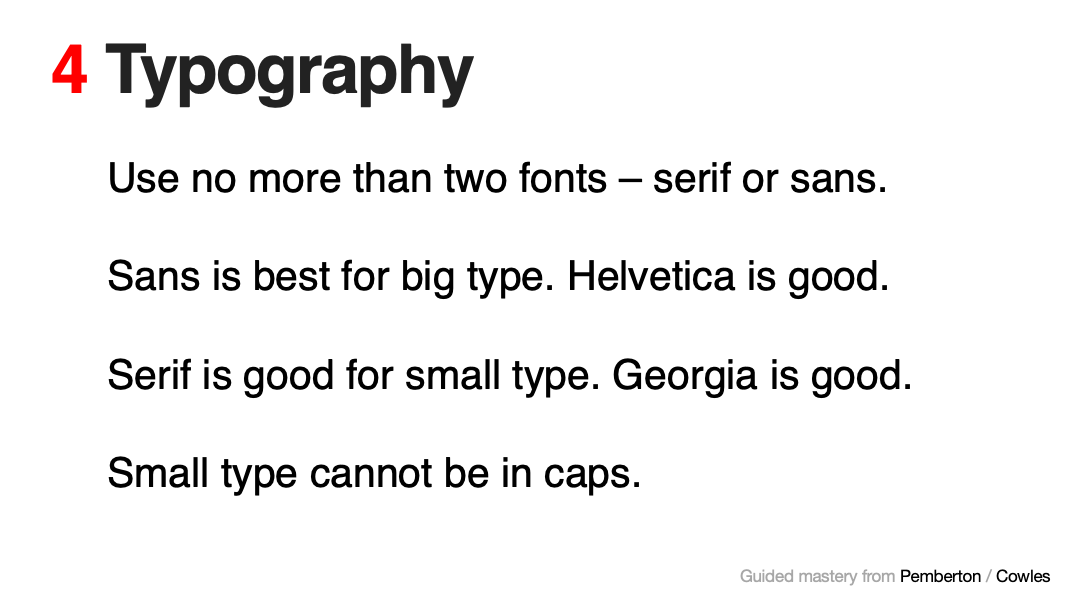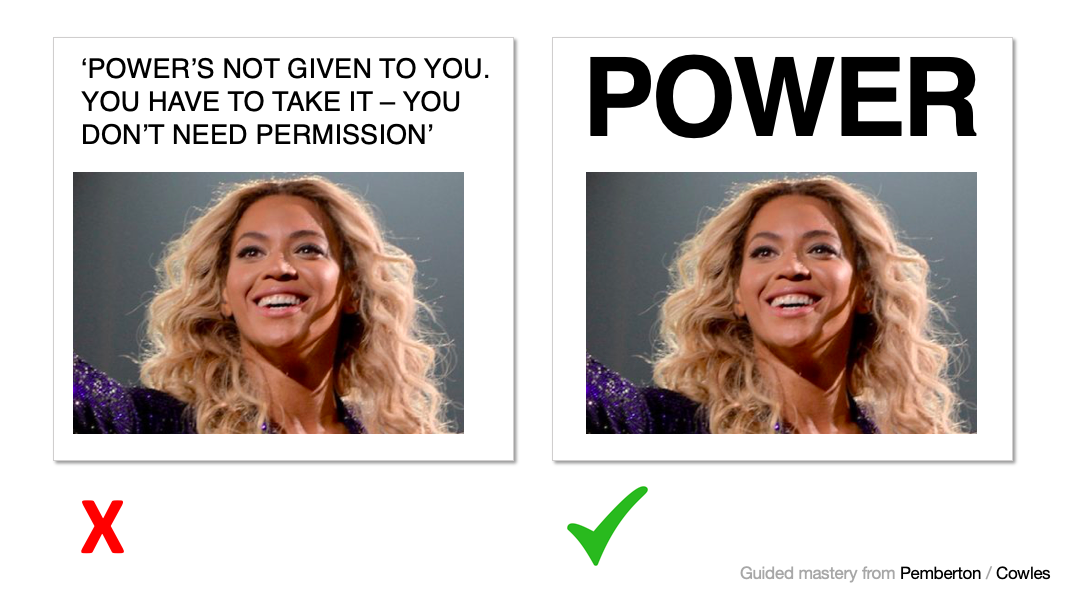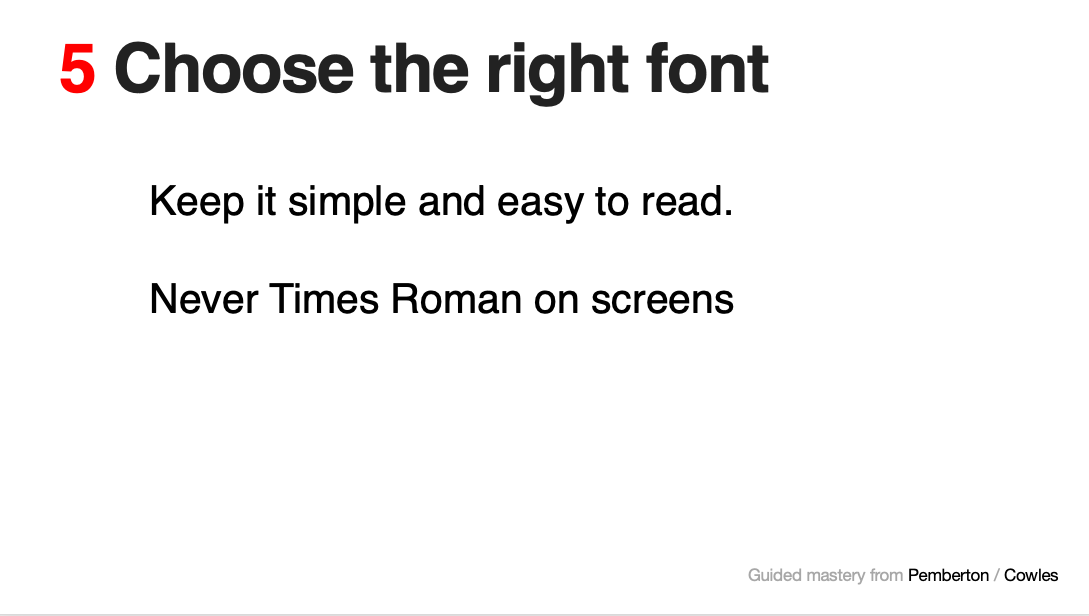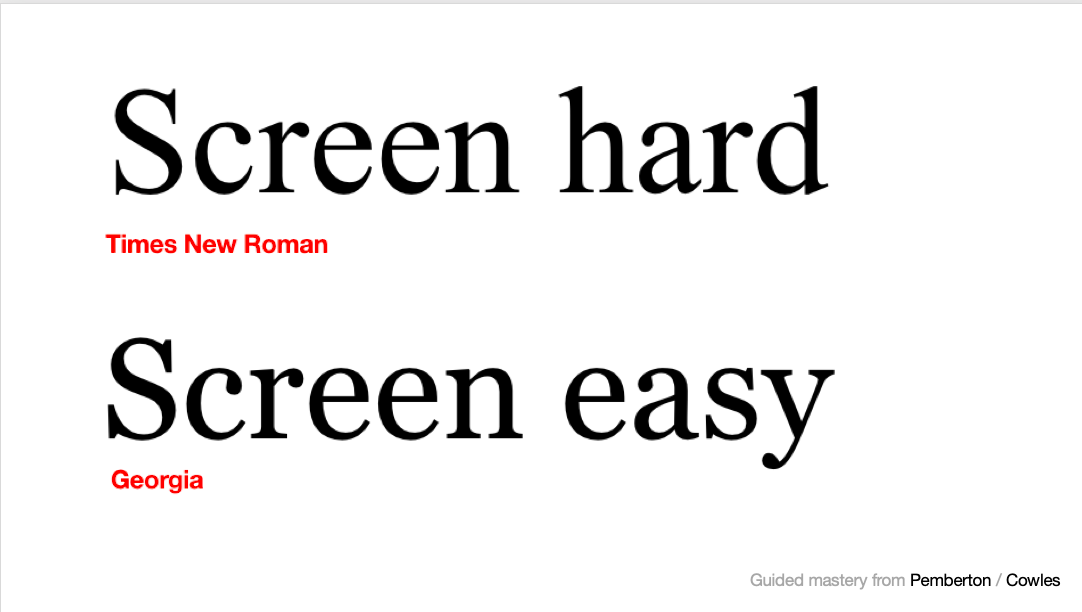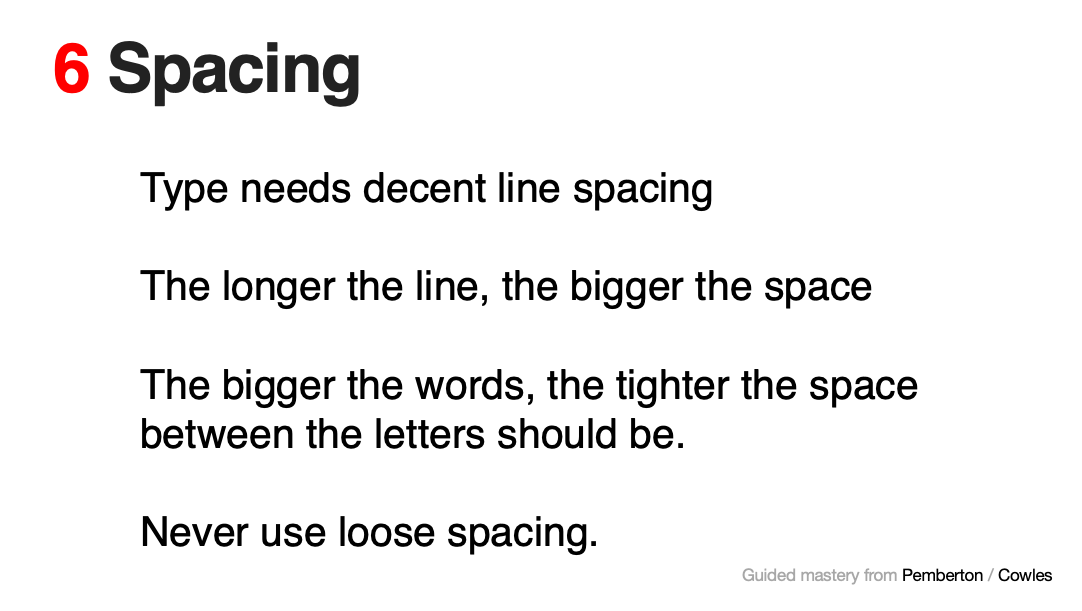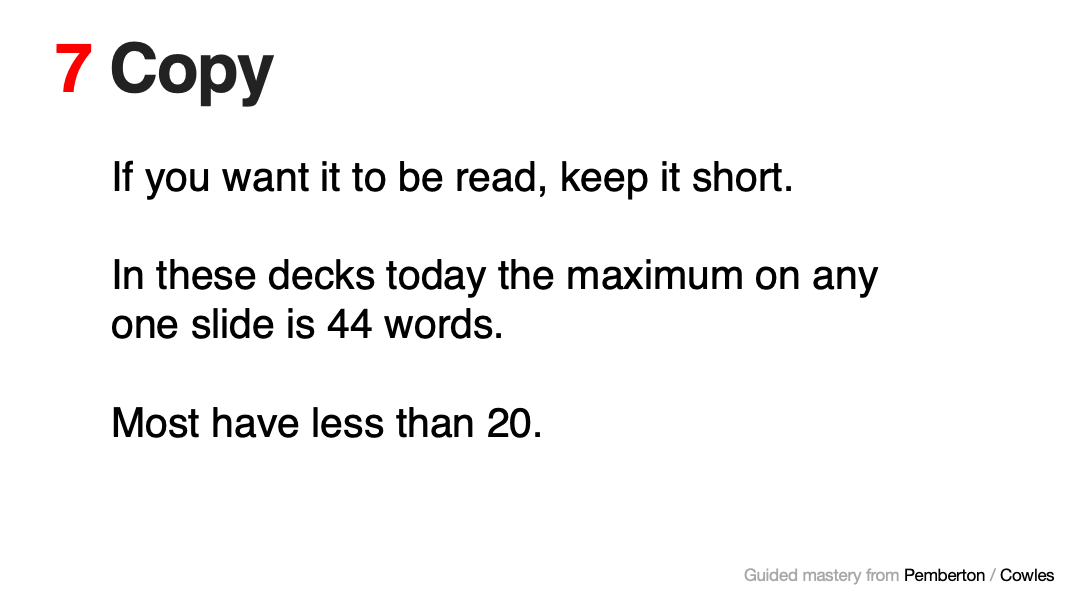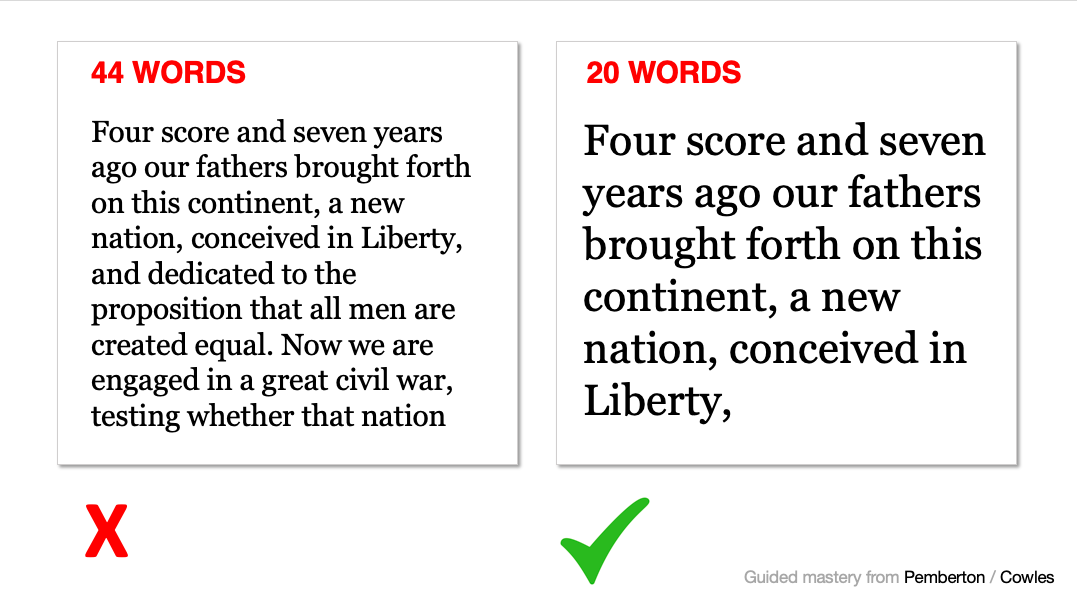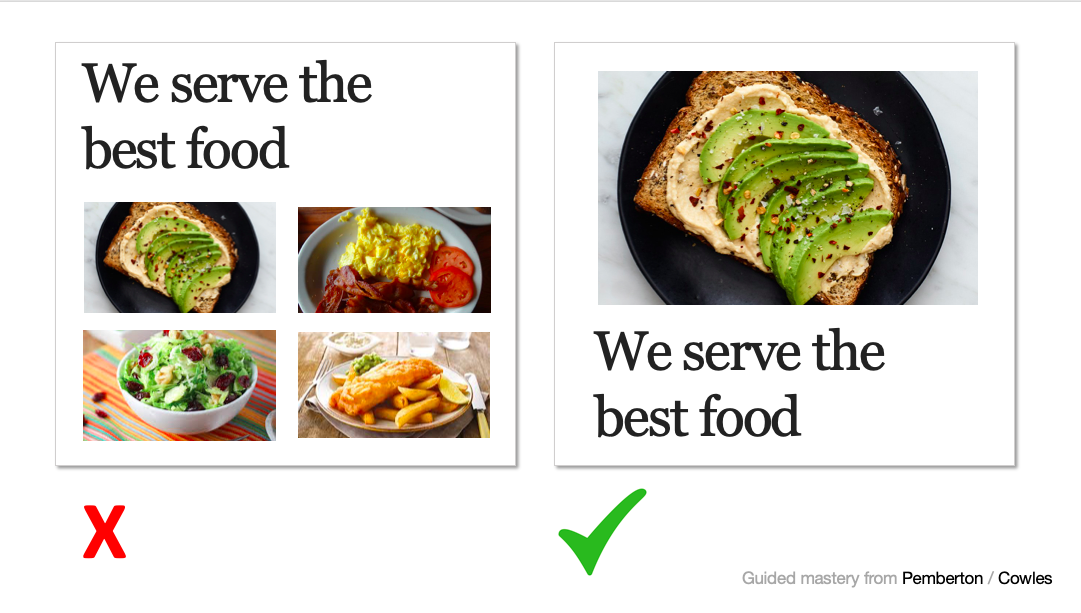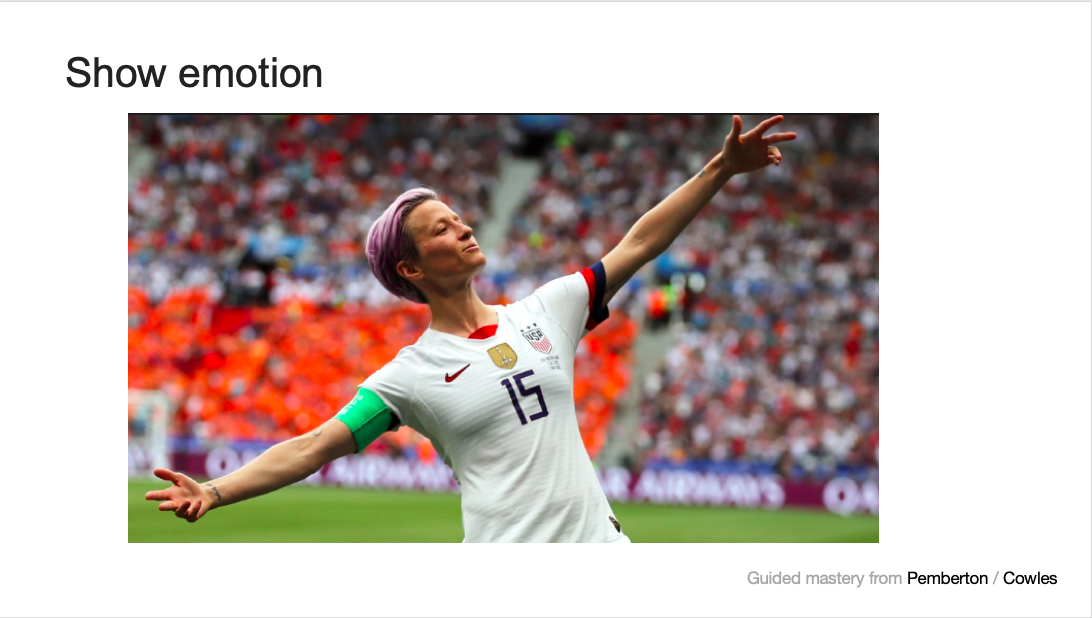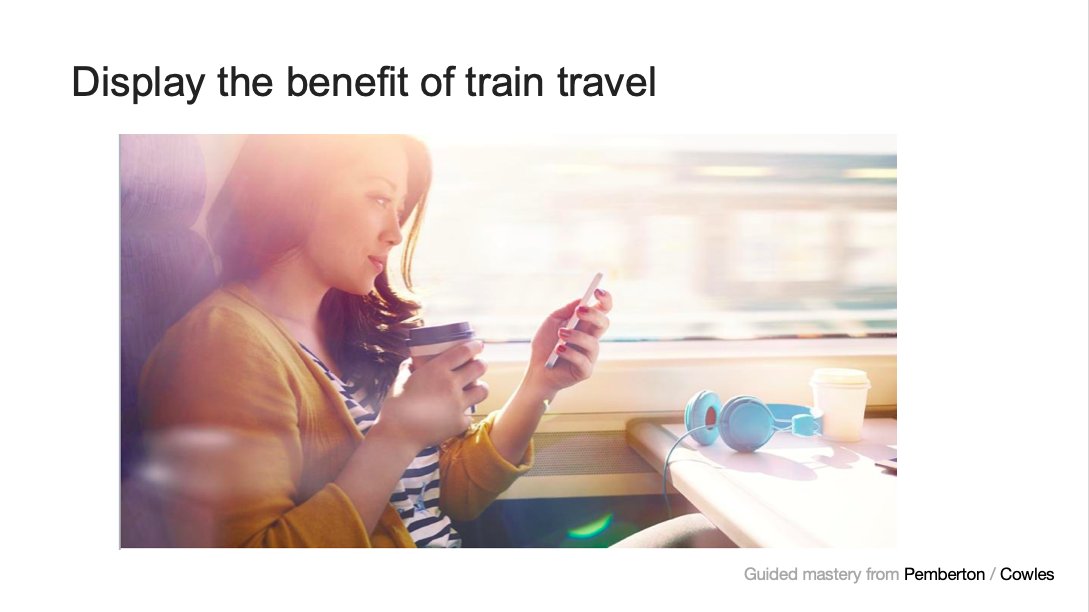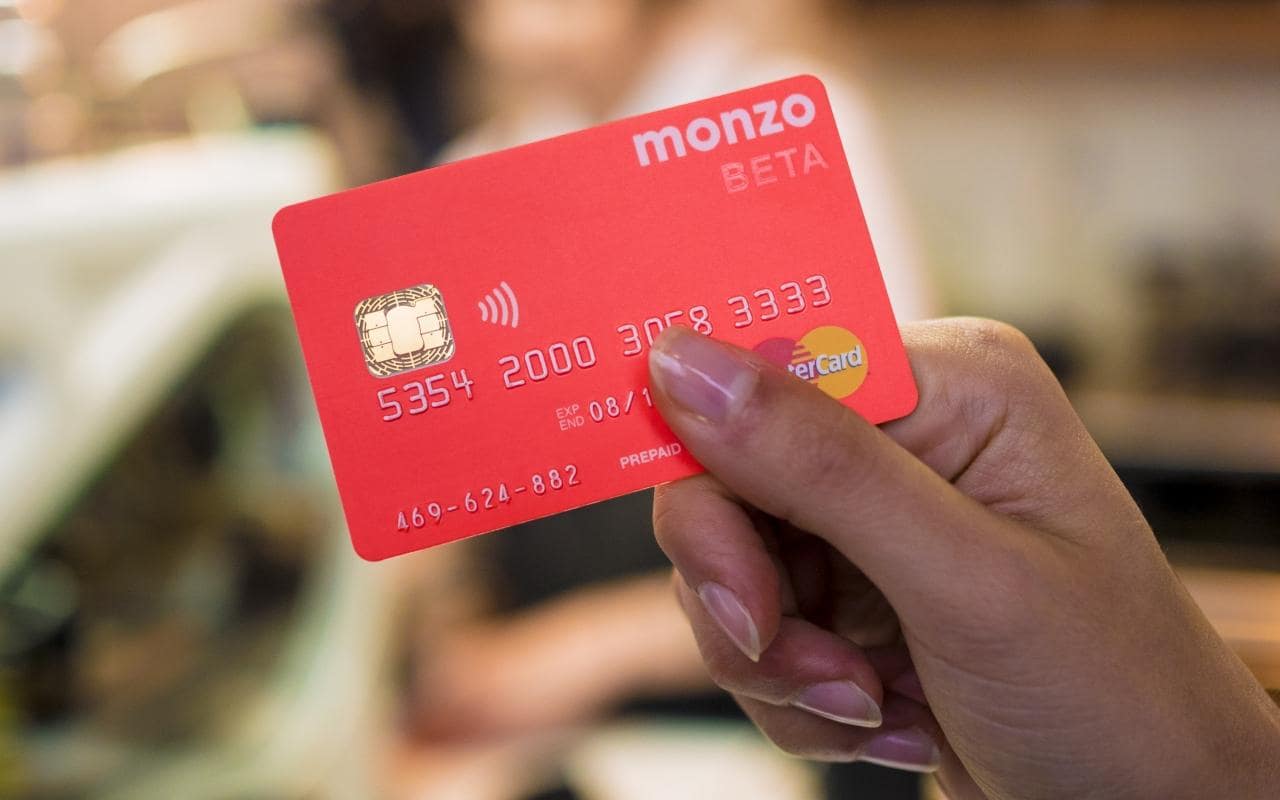Never Lose Another Pitch: an illustrated guide to positioning, branding and selling your business to new customers
Thanks for reading the 20+ posts that make up Never Lose Another Pitch.
As you may have guessed they amount to an illustrated guide on how to position your business and then pitch it to new customers.
It is also the rough foundation for a book we are developing on the same topic.
The back bone of your business
Why did we choose Never Lose Another Pitch? We realized that a pitch deck is essentially the back bone of any business. Everything connects to it: brand, audience, positioning, price, everything. If you can’t pull together a persuasive pitch deck about your business offering, you can’t build a website, plan a marketing campaign, advertise effectively or in some cases make a product or service folks want to buy.
So, when you get the chance have look back over these posts. We believe that they not only tell you how to pitch, but also tell you how to position, brand, and sell your business too.
Good luck!
Posted in: Infographic of the day | Leave a Comment
